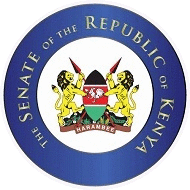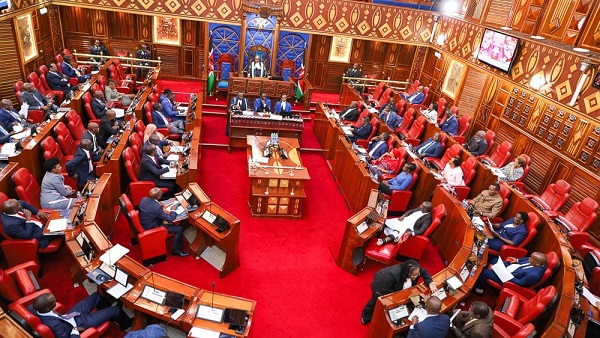Historical perspective
A Comparative Analysis Of The Senate After Independence And The Senate Under The Constitution Of Kenya, 2010
Brief history of the Kenyan Parliament
Prior to the commencement of Legislation by Parliament in Kenya, legislation had wholly been done in the United Kingdom (UK) and conveyed in form of royal instructions commonly termed Orders-in-Council. Locally, these orders were implemented from 1885 to 1900 by Sir A. Harding who served as acting agent and who on July 1, 1985 declared Kenya an East Africa Protectorate. In 1905, white settlers through a political-cum-welfare-group, the ‘colonists association’ petitioned the secretary of State for Colonies demanding representation in the administration of Kenya. The British Government responded in a 1906 Order-in-council by establishing an Executive Council to be chaired by the Governor. Provision was also made for the setting up of a Legislative Council (LEGCO). The Executive Council legislated until mid-August 1907 and gave way to the LEGCO which held its first sitting in August 1907. The all white LEGCO was composed of the Governor as chair, who nominated seven other Members. It was not until October 1944 that Mr. Eliud Mathu was nominated as the first African representative to the LEGCO where he served continuously until 1957 when he lost in the first elections of African members to the LEGCO. The Lennox-Boyd Constitution made further changes to the composition of the LEGCO by incorporating an increased number of Africans among others. Major Constitutional changes began with the first (1960) and second (1962) Lancaster conferences and a final constitutional review in February 1963 where an agreement for the independence of Kenya was reached. This agreement was effected in June 01, 1963. At independence, the framework of the agreed constitution consisted of:
- A bicameral legislature elected by common adult suffrage;
- The Lower House (House of Representatives) with 117 members from single member constituencies, and 12 specially elected Members elected by the House of Representatives sitting as an electoral college;
- The Upper House (Senate) comprised of one member from each of the 41 districts – Senate had Special powers with respect to bills to amend the constitution;
- A strong and effective central government, responsible to “the National Assembly”;
- Regional Assemblies in the seven regions to ensure maximum decentralization of powers of government; and
- Constitutional changes to garner a majority of seventy-five (75%) percent of each House.
At the end of 1966, following several challenges, Constitutional amendments were made and the two Houses were merged to form a unicameral House – The National Assembly. The 41 senators were accommodated into the National Assembly by the creation of an additional seat in each of the 41 administrative districts they had previously represented in the senate. The 12 Specially Elected Members in the House of Representatives continued to serve in the same capacity. The Kenyan Parliamentary representation has increased to the current 224 Members- 210 elected 12 nominated and 2 ex-officio members (the Speaker and the Attorney-General). The Constitution of Kenya, 2010 reintroduced a Bicameral Parliament comprising of the National Assembly and the Senate. The aim of a bicameral Parliament is to enhance the quality of representation and legislation through giving an opportunity to one chamber to review laws and decisions of the other Chamber.....READMORE




















